People Are Still Trying to Build a Space Elevator
Though key players have distanced themselves from the concept, a new film examines the continuing draw behind the sci-fi staple
:focal(2316x1181:2317x1182)/https://tf-cmsv2-smithsonianmag-media.s3.amazonaws.com/filer/2d/4b/2d4b0cd9-65e8-4869-bbfa-d80fc38dba44/42-46203992.jpg)
Imagine a hollow tower with paper-thin walls. Now picture it made of the world’s lightest and strongest material—perhaps nanocarbon or graphene fiber—with sides 12 miles wide and 22,000 miles tall. Transport cars climb up and down its faces, to and from geosynchronous orbit.
What you’re picturing is an elevator to space—as described by Sir Arthur C. Clarke in his 1979 science fiction novel The Fountains of Paradise.
Clarke’s book was the first popular account of an idea described in 1895 by Russian scientist Konstantin Tsiolkovsky, who envisioned a “celestial castle” in space tethered to Earth by a massive tower. In 1960, a Russian engineer, Yuri Artsutanov, described a more modern version. It wasn’t until 1975, when an engineer named Jerome Pearson published a technical paper on the concept, that the idea of an elevator to space attracted any real notice. Clarke drew heavily upon Pearson’s expertise to write the book.
The new documentary film Sky Line explores why the notion of a space elevator has continued to persist despite major technological obstacles, and some equally major interpersonal rifts. Having premiered in November 2015 at the DocNYC film festival in New York, the film is now available online and will be screened at the D.C. Environmental Film Festival and other independent festivals throughout 2016.
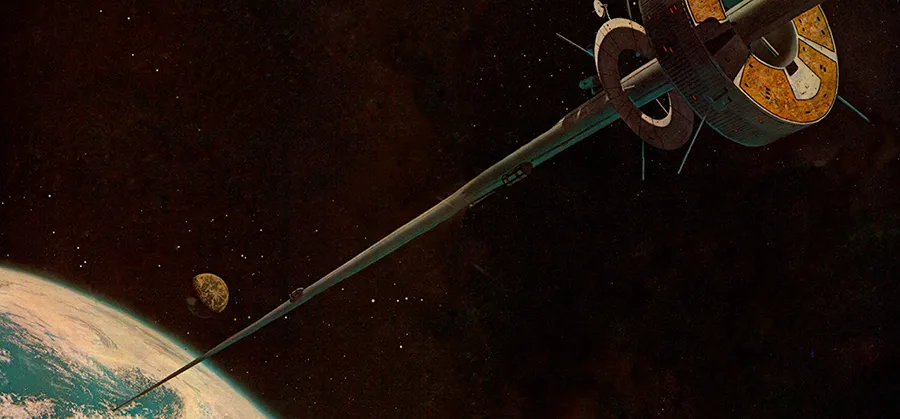
Here’s what all the elevator proposals have in common: From a platform anchored in the ocean somewhere along the Equator, elevator cars would travel up and down a tether of thick cable or wide, flat ribbon made of a carbon nanotube-based material, kept taut by a counterweight 62,000 miles above the Earth. Using rollers or magnetic levitation to climb the tether, cars might take as little as five hours to complete the trip to geosynchronous orbit, but at a fraction—maybe 1/100th—of the cost of today’s rocket launches.
As outlandish as it seems, a space elevator would make getting to space accessible, affordable and potentially very lucrative. But why it hasn’t happened yet basically boils down to materials—even the best of today’s super-strong and super-lightweight materials just still aren’t good enough to support a space elevator.
Not for lack of trying, however. Penn State researchers announced in 2014 that they had created diamond nanothreads in the lab, which modeled in computer simulations by Australian researchers suggest they could be stronger and more flexible than first believed. Research into carbon nanotube (CNT) technology continues, and new advances in graphene research seem to be announced every month.
In Sky Line, filmmakers Jonny Leahan and Miguel Drake-McLaughlin profile a group of people who have worked closely on the space elevator concept. The story follows the most thorough effort to date to get a space elevator built, including funding by NASA for research, design and even XPRIZE-style challenges held through 2011. Their motivation to create the film stems from ongoing discussions between each other and friends about the current state of American space technology.
“There’s this idea that we’ve given up on space, since NASA has retired the shuttle and we’re not doing anything to replace it,” Leahan says. “But people don’t understand that NASA is very much alive and well, and working on an incredible number of visionary things. We realized there’s a lot going on, even if they may not be currently working on an elevator.”
The idea of an elevator itself had been a topic of debate between the filmmakers, and looking further into it, they discovered two chief characters, Bradley Edwards and Michael Laine.
Edwards, a physicist with a deep history of work in astrophysics, including an 11-year stint at Los Alamos National Laboratory, has been working on a space elevator concept since 1998. Laine is a private entrepreneur and founder of LiftPort, a company whose original mission was to advance carbon nanotube technology. Other characters include Tom Nugent, an aerospace engineer, and Ted Semon, former president of the International Space Elevator Consortium (ISEC).
“We noticed a lot of the people we spoke to had dreams when they were younger of being astronauts,” Leahan says. “They persist because they’re frustrated that they have the will to go to space, but there’s not the technology or resources to send very many people to space. They just want to do something about it.”
In the late 1990s and early 2000s, Edwards received two rounds of funding from a NASA research arm known as NASA Innovative Advanced Concepts (NIAC)—then called the Institute for Advanced Concepts. Edwards’ work amounted to a massive feasibility study, examining every facet of a space elevator, from design and construction through its deployment and operation. His conclusion: The space elevator could be built with existing technology—minus the super-lightweight tether necessary to make the whole thing work.
Edwards then partnered with Laine at LiftPort in an effort to raise capital for the project, but they soon parted ways due to financial disagreements. The film almost makes it seem like the rift is the reason a space elevator won’t be built any time soon.
Pearson, who also appears in the film, says that projects on the scale of a space elevator naturally hold a high capacity for friction.
“When you have an idea as unique as this, the people who are drawn to work on it are outstanding in their areas, and a lot of them don’t want to take guff from anybody else,” he says. “That’s just part of the game.”
LiftPort collapsed in 2007, despite demonstrations with robots climbing partway up a mile-long strip of carbon nanotube tape suspended from balloons. In 2012, Laine resurrected the company through a successful Kickstarter campaign to work on developing partnerships to create a moon-based space elevator. Both Laine and Pearson say that a lunar elevator is buildable now, and could enable mining of the abundant oxygen, silicon, iron, aluminum and magnesium present on the moon’s dusty surface.
But with complete candor, Laine says that the original LiftPort was “awful” at carbon nanotubes, and that efforts by companies like SpaceX and Blue Origin to build reusable rockets may obliterate the need for a space elevator. The goal has always been to get the current cost per payload pound—in the tens of thousands of dollars—down into the hundreds or even tens of dollars. But however that happens, Laine still believes getting carbon nanotube technology right is critical to the future of access to space.
“If they perfect the reusable rocket, it’ll be challenging for the elevator to get financing, since the main reason for the elevator was reducing the cost to orbit,” Laine says. “But you’ve had civilizations rise and fall by a change in material strength by a decimal point, and now you’re talking about orders of magnitude. I think we won’t even understand what the future will look like once we harness nanotechnology.”
Edwards started annual ISEC meetings in 2008, which draw about 50 to 60 people each year to work on problems that can be solved now, including clearing of space debris, building better climbing robots and developing remote laser power systems. He says he’s asked constantly to head up a targeted effort to bring the space elevator to fruition. The institutional support just isn’t there, he adds.
“The problem with the entire space elevator effort is that there is no real support for it,” Edwards says. “This is what a project looks like when it’s done as a hobby, by hundreds of people spread out all over the world. There will be no substantial progress until there is real support and professional coordinating management for the effort.”
Though he’s still a strong proponent of a space elevator, Edwards has since focused his efforts on more practical carbon nanotube technology applications. His current company, Plasma Ten, produces carbon nanotubes for strengthening plastics and epoxies.
While many of these players in the U.S. have moved on to other projects, researchers in other parts of the world maintain their focus.
In Japan, the space elevator is practically a part of the national psyche, due in part to a deep expertise by Japanese researchers in the fields of robotics and carbon nanotube technology, starting with the 1991 discovery of carbon nanotubes by Japanese researcher Sumio Iijima. The construction firm Obayashi Company has committed to having an elevator up and running by 2050. Chief research engineer Yoji Ishikawa says the company is collaborating with private manufacturers and universities to improve on existing carbon nanotube technology.
“We understand it’s a difficult project,” Ishikawa says. “Our technology is very low. If we need to be at 100 to get an elevator built—right now we are around a 1 or 2. But we cannot say this project is not possible. Right now, we don’t see any major obstacle. It’s worth trying, and if we don’t do that, we cannot achieve anything.”
Ishikawa adds that Obayashi, which recently completed the tallest self-supported skyscraper, the Tokyo SkyTree, is hoping to be involved in testing a carbon nanotube-based tether between two satellites. Researchers will compare how that tether works with the computer-modeled behavior of a much longer version.
Ishikawa admits that the company’s initiative started out as a thought experiment, and that projects of this nature generally get canceled once a concept paper is published. But the Japanese public and other countries welcomed the space elevator so warmly that the company decided to continue the effort, Ishikawa says.
“Perhaps one reason the space elevator is so popular here is that in the last couple of decades things have not been so good economically, and the Japanese people lost confidence in themselves,” Ishikawa says. “They are looking for a big project which encourages them. Of course, this cannot and should not be done by only one country, but as an international enterprise. But maybe Japan can take leadership on this because of its popularity among the people.”
Leahan notes that even though a space elevator isn’t part of the American zeitgeist, the process of creating the film revealed a passionate cadre of people working on the project even though it's not likely to be realized within their lifetimes.
“Ultimately, it’s a story about chasing dreams and thinking about what’s possible, and it asks the question, are we still dreaming the way we used to?” he says. “Maybe we do, but the big ideas are now in getting things smaller.”
/https://tf-cmsv2-smithsonianmag-media.s3.amazonaws.com/accounts/headshot/Michelle-Donahue.jpg)


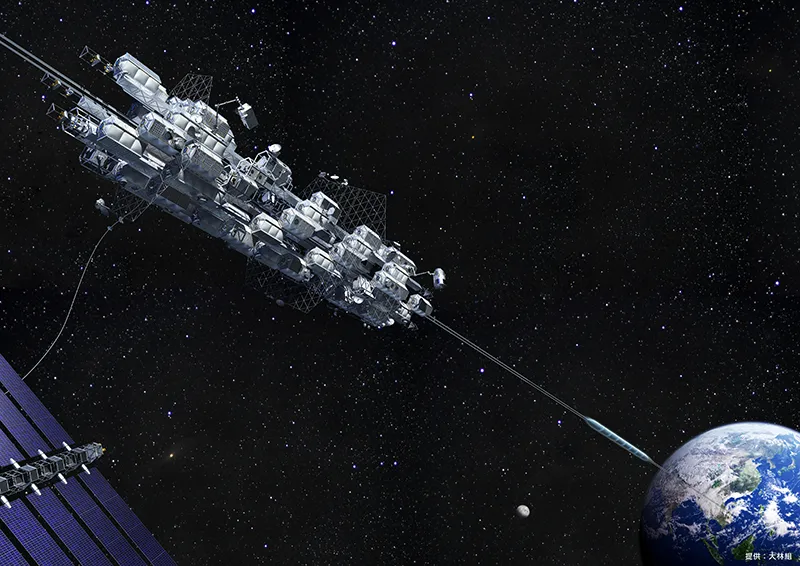
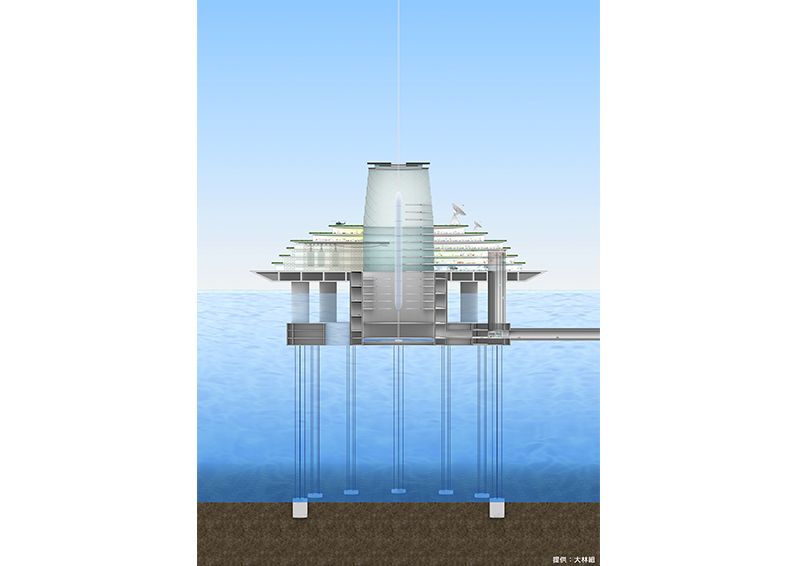

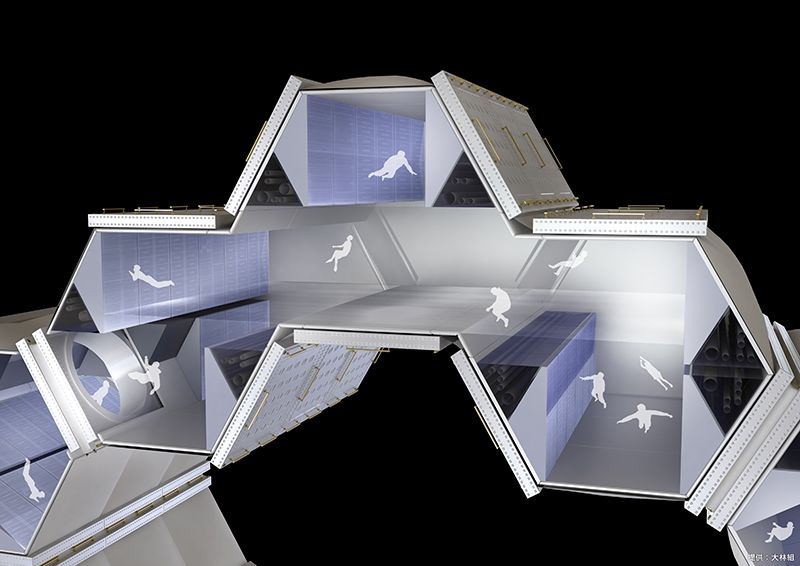
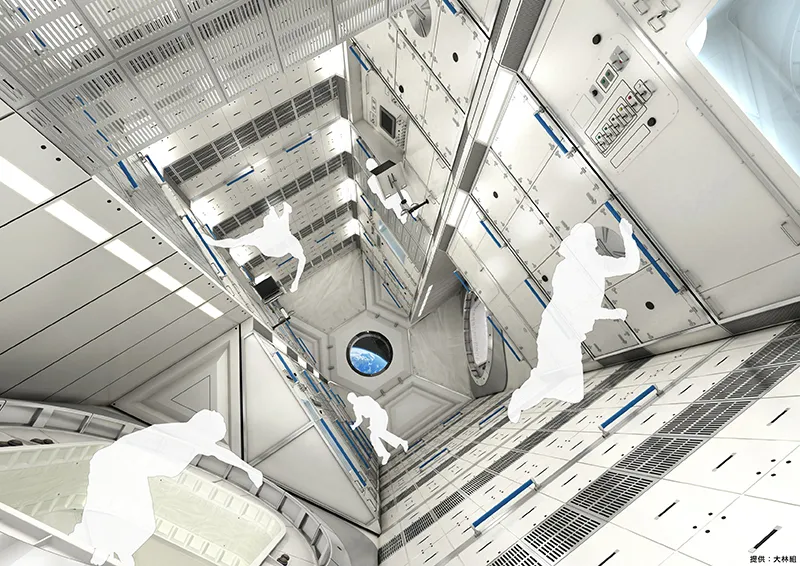
/https://tf-cmsv2-smithsonianmag-media.s3.amazonaws.com/accounts/headshot/Michelle-Donahue.jpg)